There is an interesting phenomenon that has been developing for over a decade. It is not something that would be noticeable to the average population nor have I come across many fitness professionals who have observed it either. However within the natural bodybuilding community it has become abundantly obvious that more of today’s top level competitors are—for lack of a better description—older.
Bodybuilding has long been considered a young man’s sport yet…
We Have Seen an Increasing Rate of Winners and Top Competitors Be Men in their Late Thirties, Forties and even Fifties
The scientific explanations for this trend should provide hope for trainees and bodybuilders who believe their best days are behind them as well as younger bodybuilders who are frustrated by their inability to achieve a “harder” appearance.
First allow me to clarify that the only reason I believe we are seeing this trend mostly among natural bodybuilders compared to enhanced bodybuilders has to do with the judging criteria and preferred “look” of the athletes. Whereas freakish muscle mass rules the posing dais in organizations that do not test for PED’s; natural organizations place greater emphasis on competitors level of leanness and conditioning (muscle hardness) relative to their muscle mass.

Muscle Maturity can Make a Major Difference
I remember starting my bodybuilding career as a young twenty-two year old and taking note of how most of the competitors who were placing ahead of me, but comparatively speaking were no more muscular or leaner, were almost always older. My observation was often confirmed when I would talk with the judges afterwards and was told that although I had a good frame, symmetry and an overall appealing physique I just need more time for my body to mature and achieve the harder, grainy look of my elder counterparts.
Needless to say it’s a very frustrating piece of criticism to receive when you want to be your best now and are doing what you can to add more muscle and lose more body-fat. Nonetheless the analysis of my “problem” was spot.
With each passing year I noticed my muscles taking on a different look. They were harder, fuller, and seemingly denser despite my competition weight and body-fat percentage being relatively unchanged. While some of these changes can be attributed to the addition of new muscle tissue and smarter dieting practices I can say with complete conviction that over certain periods the only gains I made were in age.
What Beef Carcass can tell us about Aging Muscles
Several animal studies support the above “aging” observation, providing insight into to how age factors into the hardened appearance of muscles. The studies, which examined the characteristics of beef carcass slaughtered at different ages, revealed the most youthful carcasses were more tender than those from the most mature carcasses1, 2.
A 2006 study not only confirmed the coarser texture of mature cattle carcasses but also showed that mature cattle’s possess less intramuscular fat compared to younger and intermediate cattle3. In humans however intramuscular fat does not naturally decrease with age, but it can be lowered or kept at bay through exercise since it (like glycogen) is a primary source of energy for working muscles.
Muscles Do Not Mature in the Absence of Weight Training
Another study showed that the rate of increase in the toughness of individual muscles with animal age was related to their connective tissue strength and that muscles which did not possess high connective tissue strength were unaffected by age, whereas high connective tissue strength muscles, trebled in toughness4. If we took a cross-section sample of muscle from two men of the same age, one being untrained and the other with eight years of weight training experience, we would see—as expected—a marked difference in the quality, thickness, intramuscular fat and degree of muscle firmness. This is why age alone is not responsible for a muscles “maturity”.
Being Thick Skinned is Good for Your Sanity, Terrible for Bodybuilding
There are two factors that determine epidermal thickness: subcutaneous fat and collagen. Reduction of subcutaneous fat is controllable through diet. Conversely, collagen, a protein that gives our skin its smooth appearance, does not appear to be affected by diet or exercise but exhibits a linear reduction with age in both men and women.
Interestingly collagen is also the main component of muscle fibers’ connective tissue. With age the solubility of this protein decreases and in effect increases in the number and type of cross-links contributing to a muscle’s toughnes5.
With subcutaneous fat levels and muscle mass remaining constant we can see how the effect of aging on collagen directly impacts the hardened look of one’s physique and presents somewhat of an advantage to bodybuilders in their mid-thirties to upper forties. Though patience is required younger bodybuilders can rest assured that their continued commitment to resistance training will eventually result in a harder appearance.

Of Bodybuilders Who Achieve this Hard & Conditioned Look at a Young Age There are Certain Genetic Factors at Play
One of the most substantial is muscle fiber type.
As we know Fast Twitch (FT) muscle fibers contribute most to muscle hypertrophy. Those able to develop their muscles to near maximum proportions early on or at a fast rate due to high proportions of FT fibers in effect stretch their skin to an extent that is not typical with slower or more modest muscle growth.
It’s not only muscle fiber type though. Other genetic factors such as muscle belly length or high testosterone or growth hormone levels can also contribute to fast or above average muscle growth resulting in this stretching of the skin.
Combine this with an ability to reduce body-fat to low single digit percentages and these competitors are in the enviable position of achieving a look that is “beyond their years”. And of course some individuals inherently have thinner (or thicker) skin as can be observed amongst various ethnic groups, a trait inherited from their ancestors whose bodies had adapted to the climate they lived in.
Training for Harder Muscles
Clearly resistance training has a direct effect on muscles firmness but whether or not certain training methods can influence the expediency with which collagen cross-links are formed and solubility decreased, requires further examination. At present there are no studies to support claims that particular training methods can accelerate the hardening of muscle fibers and connective tissue and any such claims are pure conjecture.
Even if it were determined that increases or decreases in certain training variables (i.e., volume, frequency, intensity, load, rep performance) could expedite the hardening effect we would still need to examine the overall impact of implementing these changes on other aspects of muscle development, strength, tolerance and recovery ability. At the moment our only course of action in achieving a more dense appearance is to implement training and dietary methods that maximize muscle development and fat-loss, and let time and nature determine the rest.
1 Beef Carcass Maturity Indicators and Palatability Attributes
B. W. Berry, G. C. Smith and Z. L. Carpenter
J ANIM SCI March 1974 vol. 38 no. 3 507-514
2, 4 SHORTHOSE, W.R. and HARRIS, P.V. (1990), Effect of Animal Age on the Tenderness of Selected Beef Muscles. Journal of Food Science, 55: 1–8. doi: 10.1111/j.1365-2621.1990.tb06004.x
3 Moon SS, Yang HS, Park GB, Joo ST. The relationship of physiological maturity and marbling judged according to Korean grading system to meat quality traits of Hanwoo beef females. Meat Sci. 2006 Nov;74(3):516-21. Epub 2006 May 12.
5 http://www.warriorfx.com/2008/09/what-is-muscle-maturity/ Chapter 2.2 Muscle Mechanics – What is muscle maturity? Sunday, September 28th, 2008
_____________________________________________________________________
Thanks for reading this far. If you found this or any other information on this site useful, please scroll down and share it. I’d greatly appreciate it! 

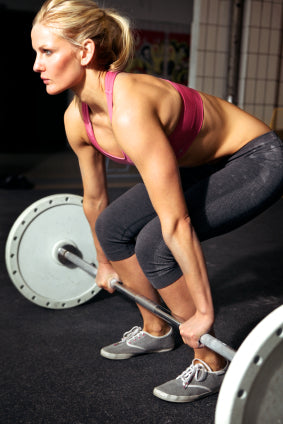





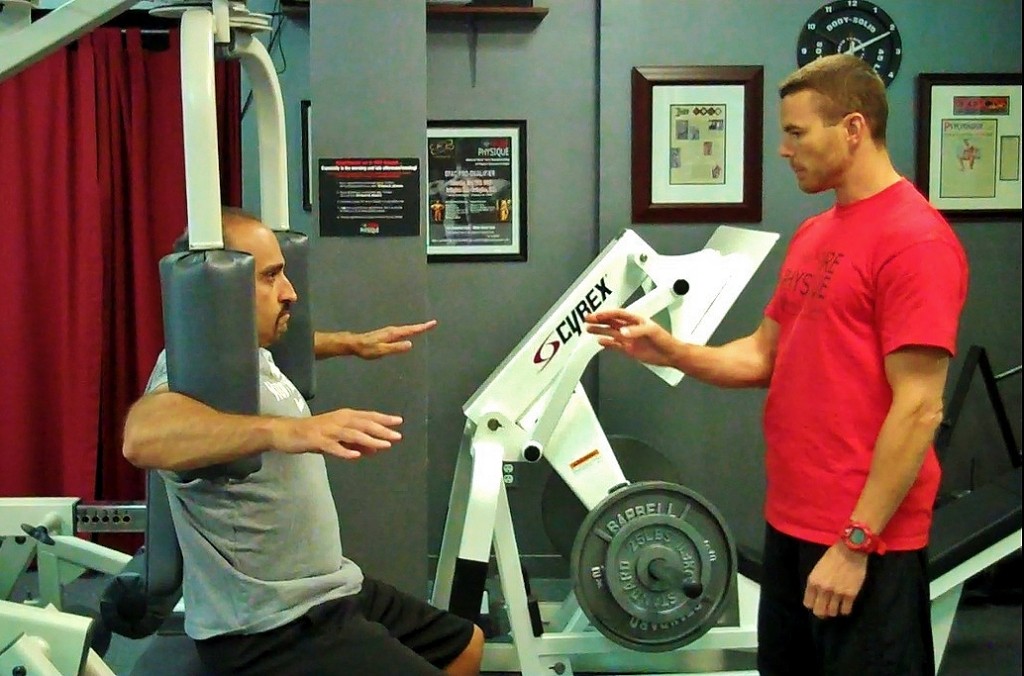



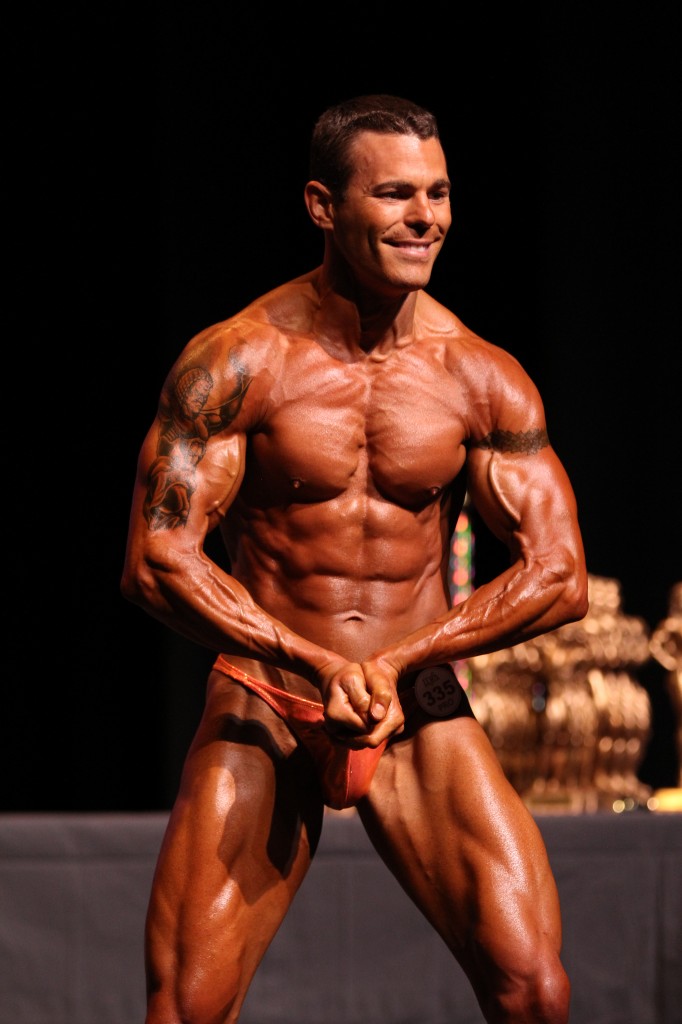
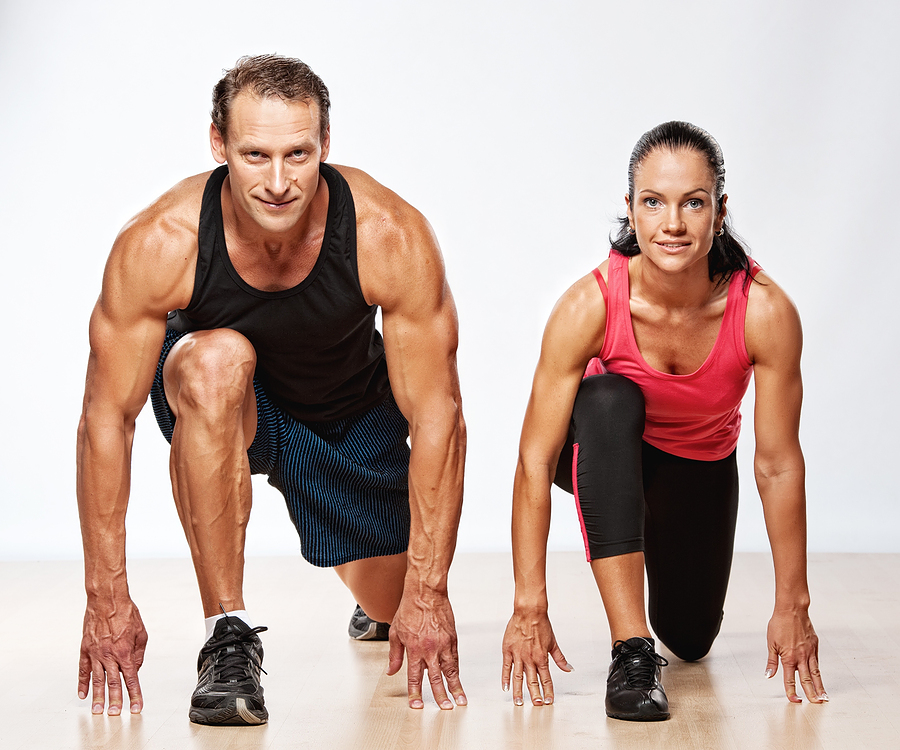
 I have nothing against “fitness experts.” In fact I regularly seek out, read, listen to, and pick the brains of people (not in a Walking Dead sort of way) that I consider to be experts in various areas of exercise because in quiet moments of self-reflection I realize that I don’t know it all. Hard to believe I know. I like hearing different points of view, especially the diametrically opposing ones. As Stephen Covey put it in The 7 Habits of Highly Effective People, “seek to understand.” If I’m able to understand their point of view then I’ll either glean new insight and apply it to what I do, ooooooooor I’ll bang my head against a wall thirty-two times as a preventative measure to ensure the information doesn’t settle into my brain.
I have nothing against “fitness experts.” In fact I regularly seek out, read, listen to, and pick the brains of people (not in a Walking Dead sort of way) that I consider to be experts in various areas of exercise because in quiet moments of self-reflection I realize that I don’t know it all. Hard to believe I know. I like hearing different points of view, especially the diametrically opposing ones. As Stephen Covey put it in The 7 Habits of Highly Effective People, “seek to understand.” If I’m able to understand their point of view then I’ll either glean new insight and apply it to what I do, ooooooooor I’ll bang my head against a wall thirty-two times as a preventative measure to ensure the information doesn’t settle into my brain.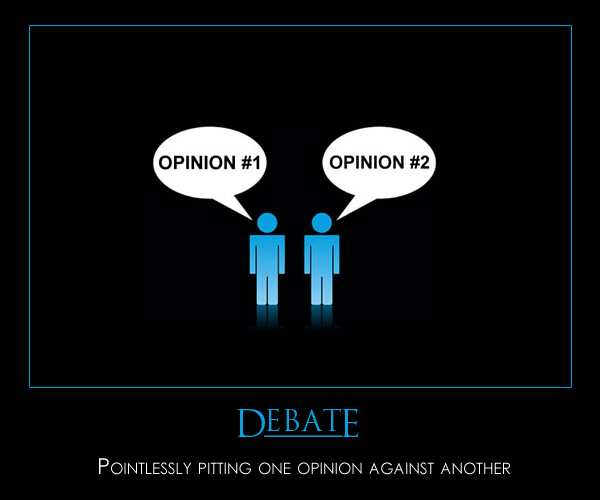







 You ever have one of those clingy girlfriends or boyfriends? They need to constantly be around you and damn you if you’re not doing something every 5 minutes to make them feel special. They latch onto you like I latch onto my shotgun and NRA membership card. We know that being clingy is unhealthy yet some people insist on clinging to a certain training variable, put it on a pedestal and claim it as King of all Variables. Volume is not any more important than intensity, than intensity is any more important than frequency, or frequency any more important than volume, and on and on. The key is to figure out when a little more or a little less of any or all of them is necessary.
You ever have one of those clingy girlfriends or boyfriends? They need to constantly be around you and damn you if you’re not doing something every 5 minutes to make them feel special. They latch onto you like I latch onto my shotgun and NRA membership card. We know that being clingy is unhealthy yet some people insist on clinging to a certain training variable, put it on a pedestal and claim it as King of all Variables. Volume is not any more important than intensity, than intensity is any more important than frequency, or frequency any more important than volume, and on and on. The key is to figure out when a little more or a little less of any or all of them is necessary.




